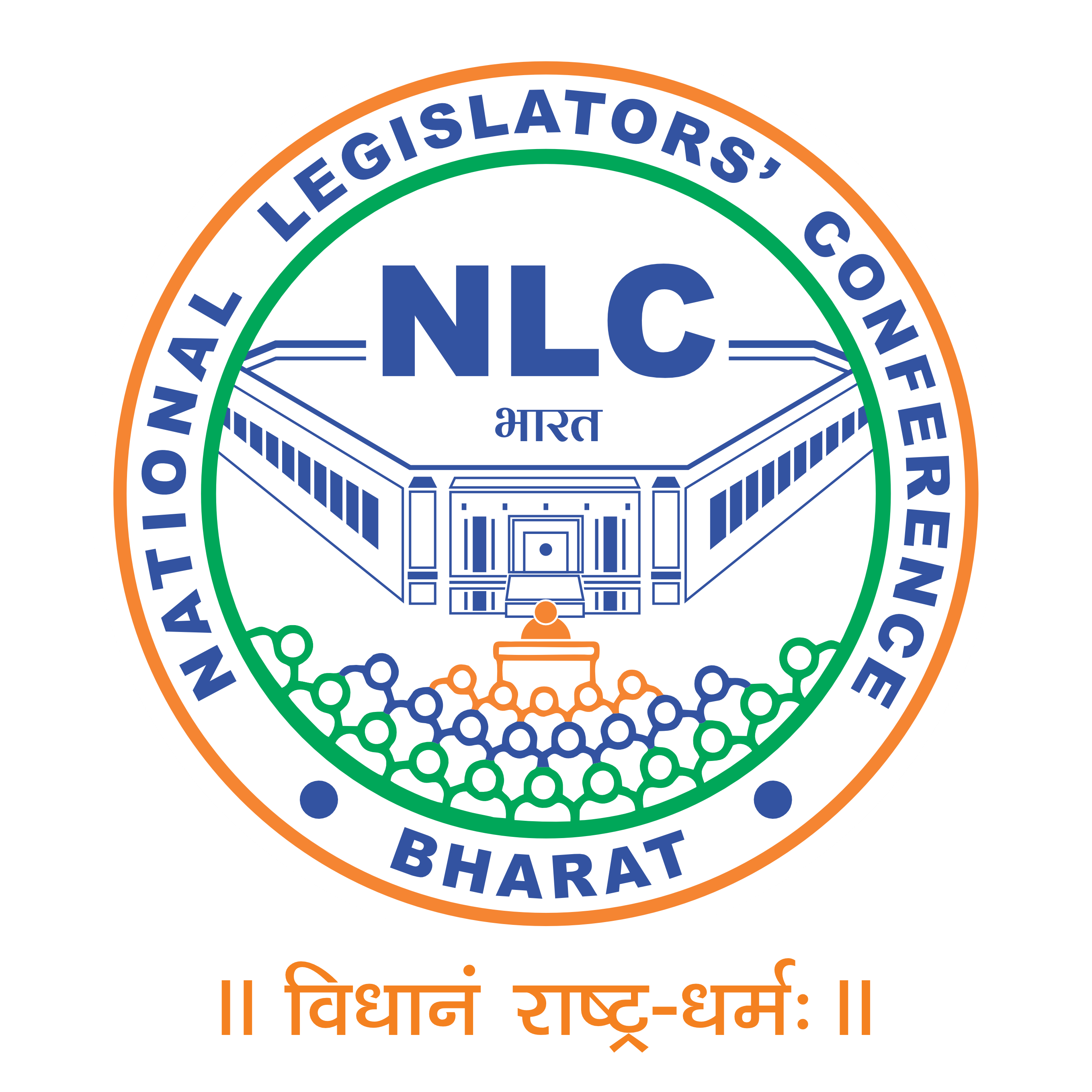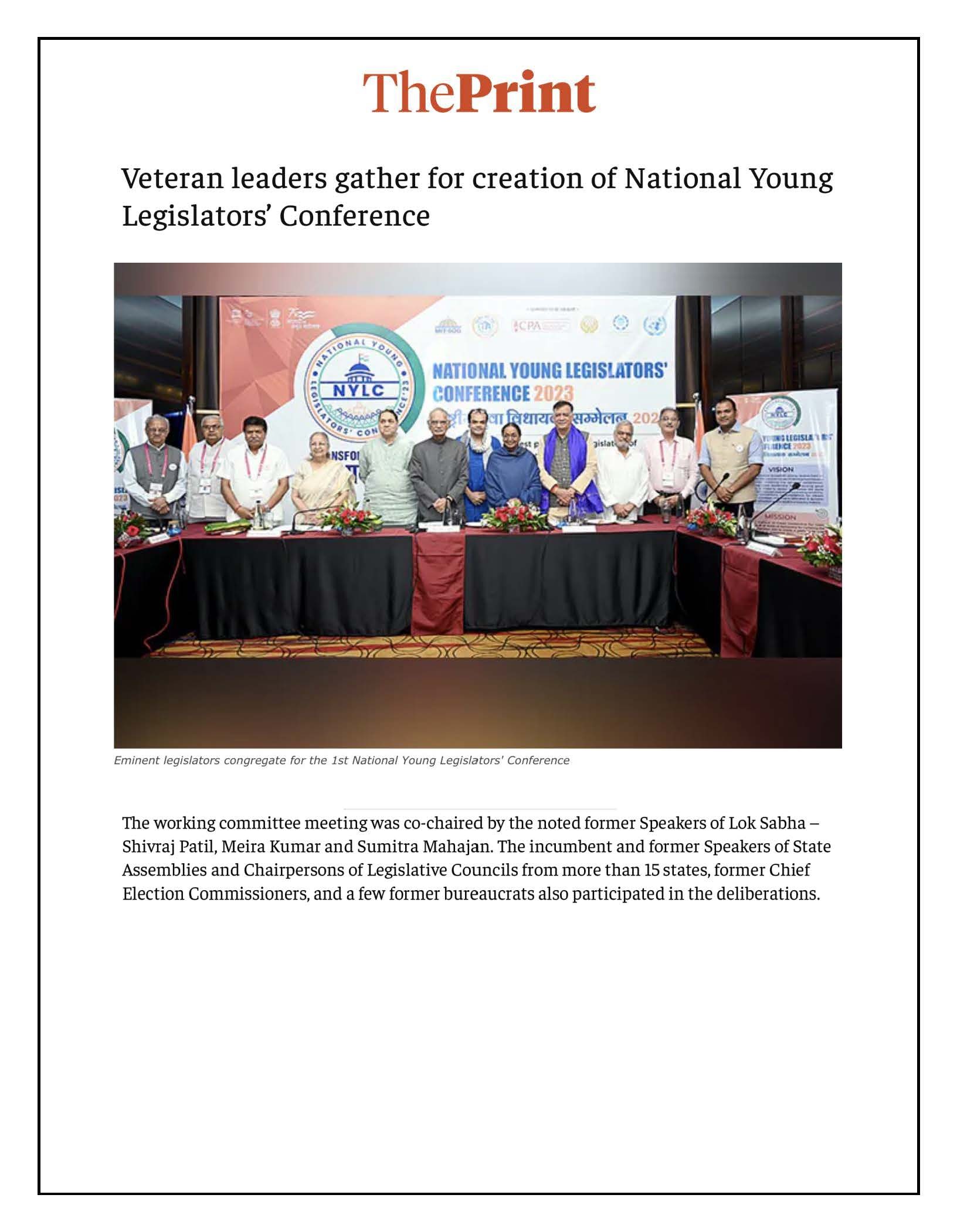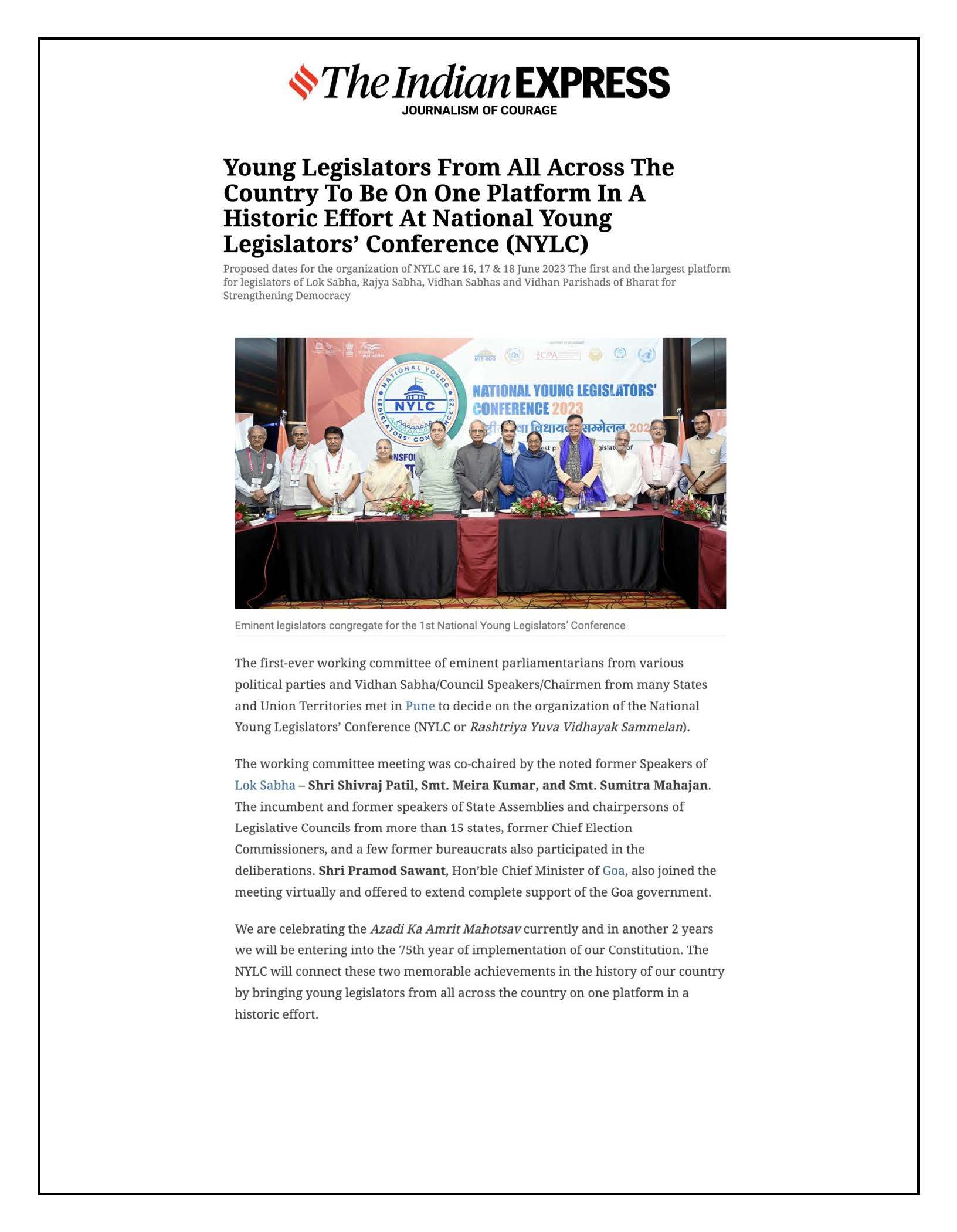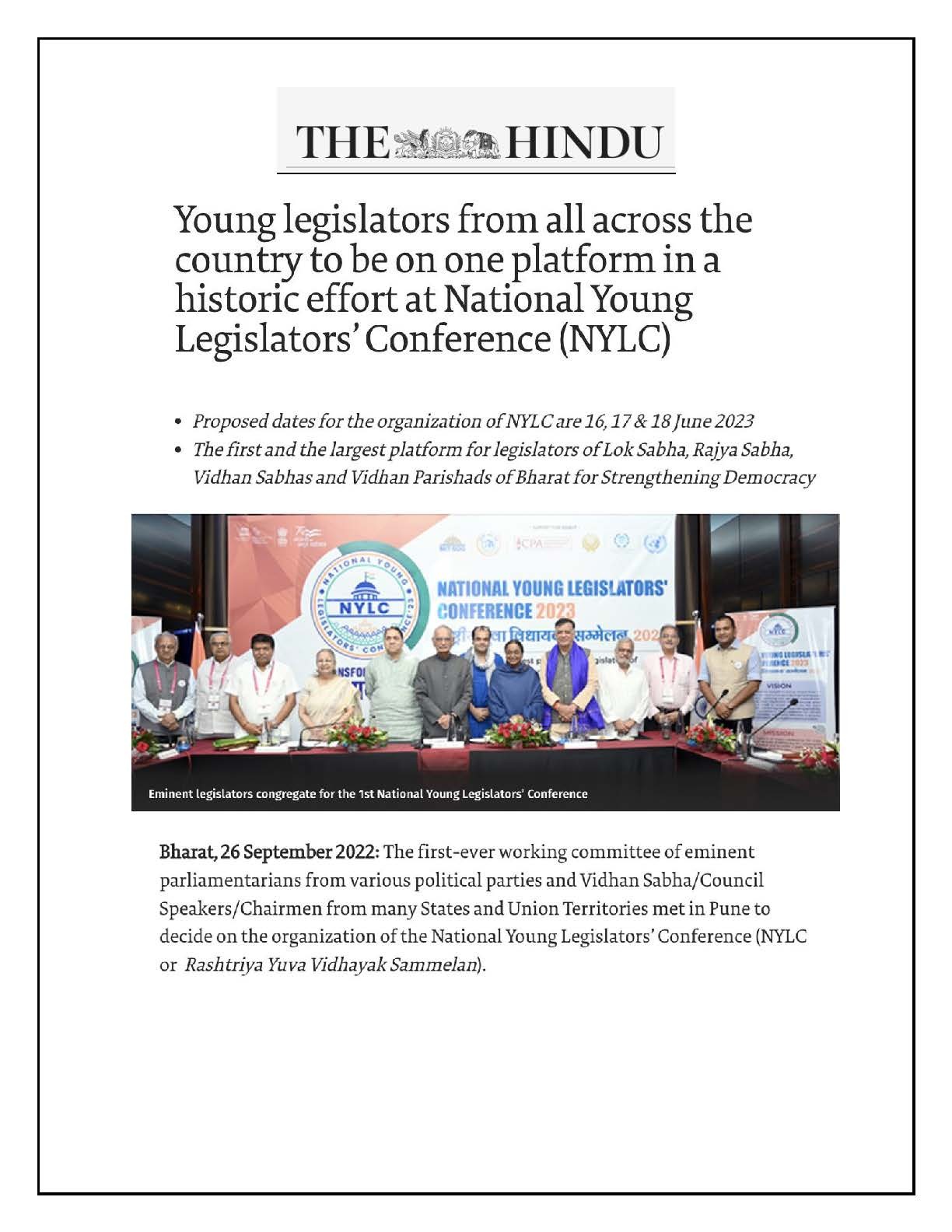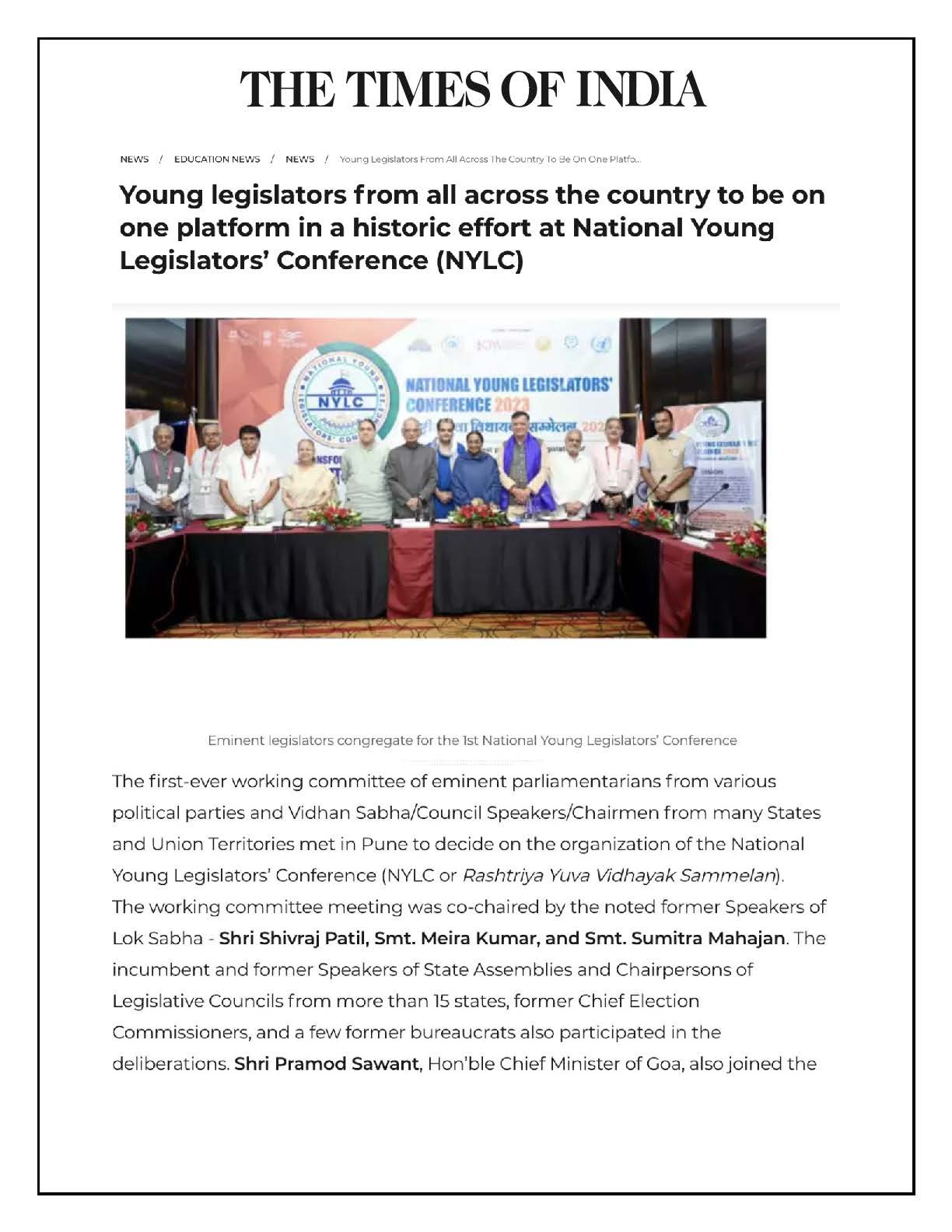Technology acts as a bridge between good governance and people’s welfare. Experts argue that in the 21st century, technology will play a fundamental role in wealth creation, improvement of the quality of life, promotion of real economic growth, and transformation of society.
In the Indian context, the booming services industry is a singular illustration of how conventional theories of economic growth have been outpaced. The service sector has contributed a lion’s share of more than 60% of GDP in the country’s brief history of 75 years since independence. Technology can contribute in many ways including enhancing the output efficiency of a business. This leads to an increase in the division of labor and specialization of jobs. Accessing natural resources and using them in the most effective ways becomes possible. This in turn leads to higher profits and further democratizes trade and business activities. Thus, technology plays an important role in the economic well-being of the people.
Science and technology have been central to the progress and development of virtually all the nations of the world. It contributes immensely to various sectors of the economy. It leads to healthier, longer, wealthier, and more productive lives. Technological innovation facilitates poverty alleviation and empowers citizens to earn their bread and transform them from human resources to human capital. Technology has played a pivotal role in the growth of the Indian economy. From the agriculture sector to the manufacturing sector, it has helped improve productivity and efficiency. In the agriculture sector, for instance, technology has helped farmers increase their yield and decrease input costs. Several studies have shown that during the green revolution, the productivity of farmers from the states like Punjab and Haryana increased multiple times.
Since the economic liberalization of the 1990s, the Telecom sector has emerged as a critical building block of the country’s infrastructure. Mobile money transfer and mobile commerce are opening up endless possibilities. For instance, 36 crore transactions are reported to take place through UPI daily as per the Reserve Bank of India. This revolution became possible because of the Jan Dhan-Aadhar-Mobile trinity which in turn was a product of the “Digital India” mission.
In the recent past, numerous technology-driven initiatives have transformed service delivery in India. For instance, the “Digital India” mission, launched with a vision to transform India into a digitally empowered society and knowledge economy has led to the creation of platforms like Open Government Data, National Digital Health Mission, Direct Benefit transfer, mobile commerce, etc. The “Pradhan Mantri Jan-Dhan Yojana” is a flagship programme for financial inclusion of the unbanked to ensure access to financial services, namely banking, savings, deposits, remittance, credit, insurance, and pension in an affordable manner. Since its inception, more than 300 million bank accounts have been opened. The “Jan Dhan-Aadhar-Mobile” (JAM) initiative by the Government of India to link Jan Dhan bank accounts with Mobile numbers, and Aadhar cards has introduced transparency and eliminated middlemen. JAM is truly based on new technology and is helping the government to eliminate leakages and scope for any discretionary action. The “Direct Benefit Transfer” (DBT) scheme ensures accurate targeting of beneficiaries. Beneficiaries can link only one bank account by seeding the fund deposits to their Aadhar details to avoid duplication of subsidies. It enables the Government to simultaneously reach out to both citizens and beneficiaries of the scheme. Through DBT, the government has been able to transfer salaries, wages, pensions, subsidies, remittances, and compensations directly into the bank accounts of the beneficiaries.
Despite, such stellar programmes, some challenges remain unaddressed. For instance, low productivity is one of the root causes of the “working poor” phenomenon. People who work long hours, often in the informal economy or subsistence agriculture still do not earn enough to feed their families. To raise productivity and ensure that the productivity gains are equitably shared is, therefore, of critical importance to reduce the skill gap. Economic growth alone does not necessarily translate into more and better jobs, especially for the poor, vulnerable, and those at risk of being left behind. The pattern or nature of growth matters too that depends upon the availability of quality jobs that require potentials and capabilities utilization rather than focusing on the number of hours worked. In this session, the participants can address the following questions during the discussions:
- How can states formulate a technology-driven economic agenda?
- What reforms are necessary to encourage state investments in the technology sector?
- Cyber security is emerging as a major threat to economic well-being. What security measures are required to overcome cybercrimes?
- States promoting more technology-focused economic programmes continue to face obstacles on the issue of digital literacy. What steps are necessary to promote e-literacy?
- Is technology a “panacea” to ensure economic growth or will it lead to jobless growth?
